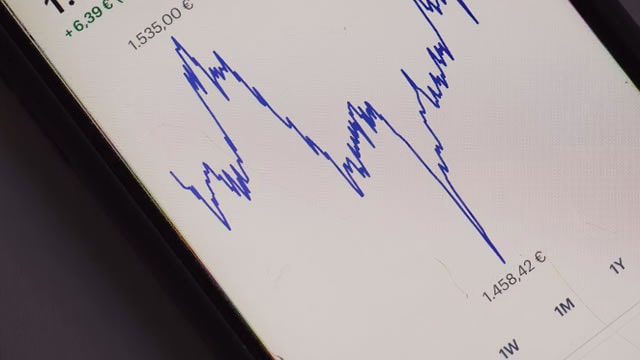US Bank/$USB
14:30
16:10
17:45
19:25
21:00
1D1W1MYTD1Y5YMAX
About US Bank
With assets of around $695 billion, U.S. Bancorp is one of the largest regional banks in the US with its footprint in 26 states. The bank's branch network is mostly in Midwestern and Western markets. U.S. Bancorp has a comprehensive product set, with offerings in retail and commercial banking, credit cards, mortgages, payment services, trust, and wealth services.
Ticker
$USB
Sector
Primary listing
NYSE
Employees
70,263
Headquarters
Website
US Bank Metrics
BasicAdvanced
$80B
11.77
$4.37
1.11
$2.02
4.05%
Price and volume
Market cap
$80B
Beta
1.11
52-week high
$51.91
52-week low
$35.18
Average daily volume
7.6M
Dividend rate
$2.02
Financial strength
Dividend payout ratio (TTM)
48.40%
Profitability
Net profit margin (TTM)
27.63%
Operating margin (TTM)
36.92%
Effective tax rate (TTM)
20.64%
Revenue per employee (TTM)
$370,000
Management effectiveness
Return on assets (TTM)
1.04%
Return on equity (TTM)
11.72%
Valuation
Price to earnings (TTM)
11.765
Price to revenue (TTM)
3.08
Price to book
1.42
Price to tangible book (TTM)
1.89
Price to free cash flow (TTM)
8.38
Free cash flow yield (TTM)
11.93%
Free cash flow per share (TTM)
6.135
Dividend yield (TTM)
3.93%
Forward dividend yield
4.05%
Growth
Revenue change (TTM)
4.48%
Earnings per share change (TTM)
34.24%
3-year revenue growth (CAGR)
4.69%
3-year earnings per share growth (CAGR)
1.42%
10-year earnings per share growth (CAGR)
3.33%
3-year dividend per share growth (CAGR)
2.79%
10-year dividend per share growth (CAGR)
7.28%
What the Analysts think about US Bank
Analyst ratings (Buy, Hold, Sell) for US Bank stock.
US Bank Financial Performance
Revenues and expenses
US Bank Earnings Performance
Company profitability
US Bank News
AllArticlesVideos
Data displayed above is indicative only and its accuracy or completeness is not guaranteed. Actual execution price may vary. Past performance is not indicative of future results. Your return may be affected by currency fluctuations and applicable fees and charges. Capital at risk.
Real-time US market data is sourced from the IEX order book provided by Polygon. After-hours US market data is 15 minutes delayed and may differ significantly from the actual tradable price at market open.
Capital at risk
Upcoming events
No upcoming events
FAQs
What’s the current market cap for US Bank stock?
US Bank (USB) has a market cap of $80B as of December 09, 2025.
What is the P/E ratio for US Bank stock?
The price to earnings (P/E) ratio for US Bank (USB) stock is 11.77 as of December 09, 2025.
Does US Bank stock pay dividends?
Yes, the US Bank (USB) stock pays dividends to shareholders. As of December 09, 2025, the dividend rate is $2.02 and the yield is 4.05%. US Bank has a payout ratio of 48.4% on a trailing twelve-month basis.
When is the next US Bank dividend payment date?
The next US Bank (USB) dividend payment date is unconfirmed.
What is the beta indicator for US Bank?
US Bank (USB) has a beta rating of 1.11. This means that it is more volatile than the market, on average. A beta of 1 would indicate the stock moves in-line with the market, while a beta of 2 would indicate the stock moves twice as much as the market.


